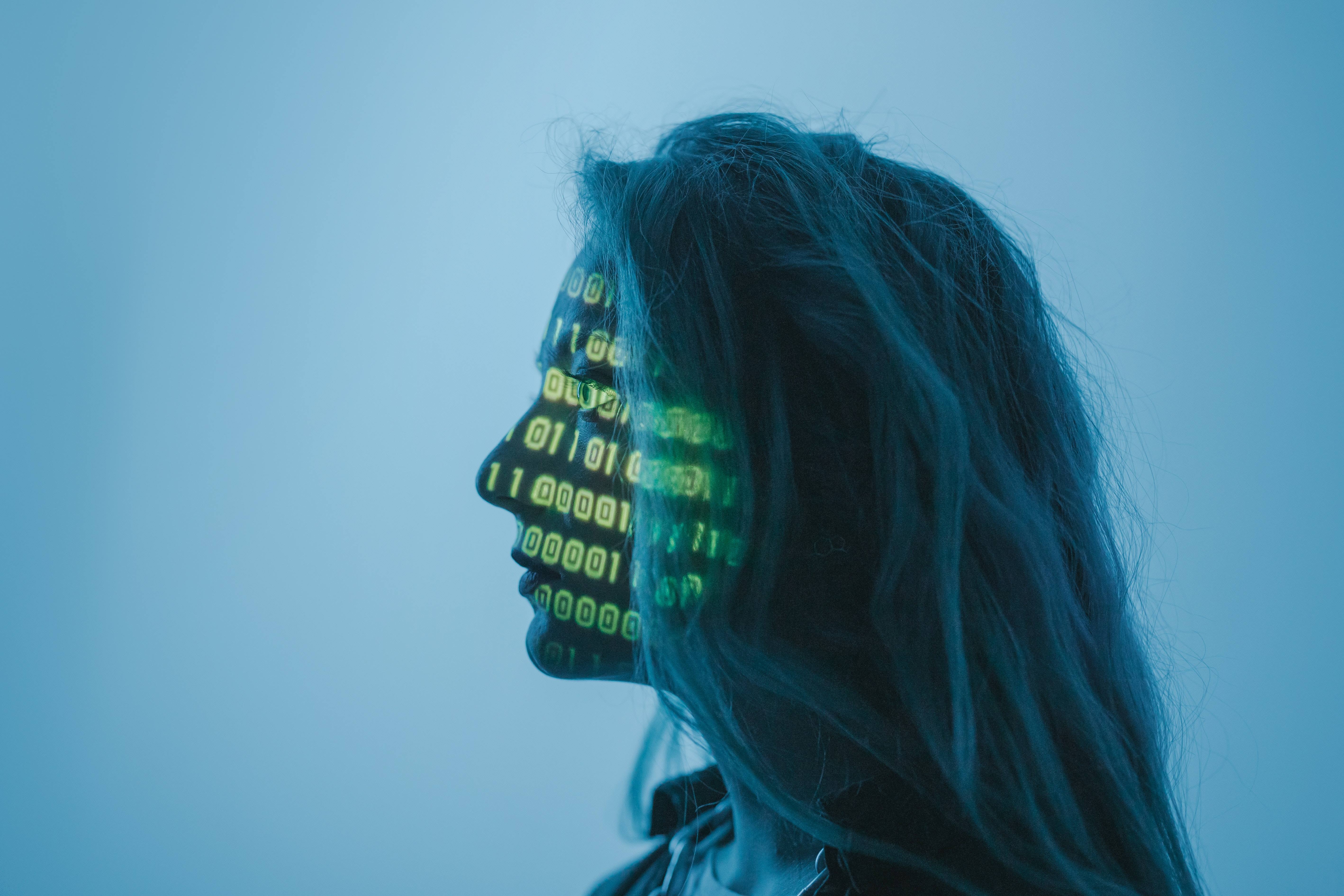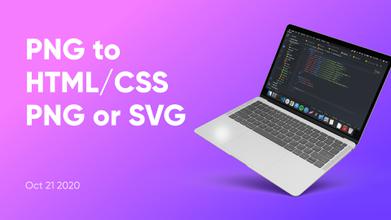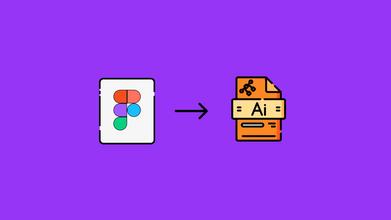The Future Of AI-Powered Image to HTML CSS Converters
Jul 01, 2023 10682 seen
The Future Of AI-Powered Image To Code Converters
I'm sure we all have heard about artificial intelligence (AI) that has made significant strides in various industries, and web development is no exception. In recent years, everyone has tried ChatGPT and other AI-powered tools, which help us to make our daily jobs easier and faster.
Today, again, we will talk about AI-powered image to code converters and their advantages of use.
Artificial intelligence (AI) has made significant strides in various industries, and web development is no exception. Imagine a tool that can automatically transform images into HTML and CSS code, eliminating the need for manual coding and saving developers countless hours. In this article, we will explore the innovative concept of an AI-powered HTML CSS image converter, its potential benefits, and its implications for the future of web design.
Imagine a tool that can automatically transform images into HTML and CSS code, eliminating the need for manual coding and saving developers countless hours. In this article, we will explore the innovative concept of an AI-powered HTML CSS image converter, its potential benefits, and its implications for the future of web design.
Understanding the AI-Powered HTML CSS Image Converter
An AI-powered HTML CSS Image Converter is a specialized tool that utilizes artificial intelligence algorithms to convert images into HTML and CSS code automatically. The purpose of this converter is to streamline the web development process by automating the creation of code that represents the visual elements of an image.
Traditional methods of converting images to code typically involve manual coding, where developers analyze the image and manually write the corresponding HTML and CSS code to replicate its design. This process can be time-consuming, especially for complex designs or large-scale projects.
The AI-powered converter, on the other hand, leverages machine learning algorithms to analyze the visual components of an image and generate the necessary HTML and CSS code automatically. The AI model learns patterns and correlations between visual elements and their corresponding code representations by training on large datasets of images and associated code.
The converter can recognize various aspects of an image, such as colors, shapes, text, and layout structures. Based on this analysis, it generates semantic HTML markup and CSS styling rules that closely resemble the original image design. The output code is structured and optimized to ensure compatibility with browsers and responsive web design principles.
One of the main advantages of an AI-powered HTML CSS Image Converter is its ability to speed up the prototyping phase of web development significantly. Designers can quickly convert their visual concepts into code without needing in-depth coding knowledge, allowing them to focus on the creative aspects of their work. This converter also helps bridge the gap between designers and developers, providing a common starting point for collaboration.
However, it's important to note that while an AI-powered converter can automate a substantial portion of the conversion process, it may not eliminate the need for manual intervention. Complex or ambiguous image designs may require additional customization or fine-tuning of the generated code. Additionally, developers must review and optimize the output code to ensure efficiency and compatibility with specific project requirements.
The future of AI-powered HTML CSS Image Converters holds potential for further advancements, such as integration with popular web development frameworks and platforms. As AI technology continues to evolve, we can expect improvements in accuracy, customization options, and support for interactive elements beyond static images, ultimately transforming the way web designers and developers collaborate and create websites.
The Challenges Faced By Developers In Converting Images To Code
Converting images to code poses several challenges for developers, especially manually. While an AI-powered HTML CSS Image Converter aims to automate this process, it's essential to understand the challenges developers face without such tools. Here are some common challenges:
-
Complex Designs: Images with intricate or complex designs, such as those containing gradients, shadows, or overlapping elements, can be challenging to translate into code accurately. Replicating the visual details and effects of the image in code requires meticulous attention to detail and expertise in CSS styling techniques.
-
Responsive Design: Making images responsive across different screen sizes and devices is crucial for a seamless user experience. Converting images to responsive code involves adapting layouts, resizing elements, and ensuring proper alignment. Achieving responsive design manually can be time-consuming and prone to errors, particularly for complex designs.
-
Text and Typography: Capturing the typography of an image accurately is crucial for maintaining visual consistency. Converting text within images to HTML and CSS code involves selecting appropriate fonts, sizes, weights, and letter spacing. Ensuring the converted text is accessible, SEO-friendly, and responsive adds complexity to the conversion process.
-
Browser Compatibility: Web developers must ensure the code generated from images is compatible with different browsers and their rendering engines. Various browsers may interpret CSS rules differently, leading to inconsistencies in the visual output. Developers need to test and fine-tune the code to ensure cross-browser compatibility.
-
Optimization and Performance: Converting images to code efficiently involves optimizing the generated HTML and CSS for performance. This includes minimizing file sizes, reducing the number of HTTP requests, and optimizing rendering speed. Manual code optimization requires a deep understanding of web performance techniques and best practices.
-
Customization and Flexibility: Images often require customization based on specific project requirements or design preferences. Manually converting images to code allows for more flexibility in terms of customization, as developers can tweak the code to align with their desired outcomes. This level of customization can be challenging to achieve with automated tools.
-
Maintenance and Updates: Websites undergo updates and change over time, including image modifications and their associated code. Manually converting images to code requires developers to carefully manage these updates to ensure consistency and avoid introducing errors or inconsistencies during maintenance.
An AI-powered HTML CSS Image Converter aims to address many of these challenges by automating the conversion process. However, it's important to note that while automation can streamline the process, developers may still need to review, fine-tune, and optimize the output code to meet specific project requirements and ensure high-quality results.


